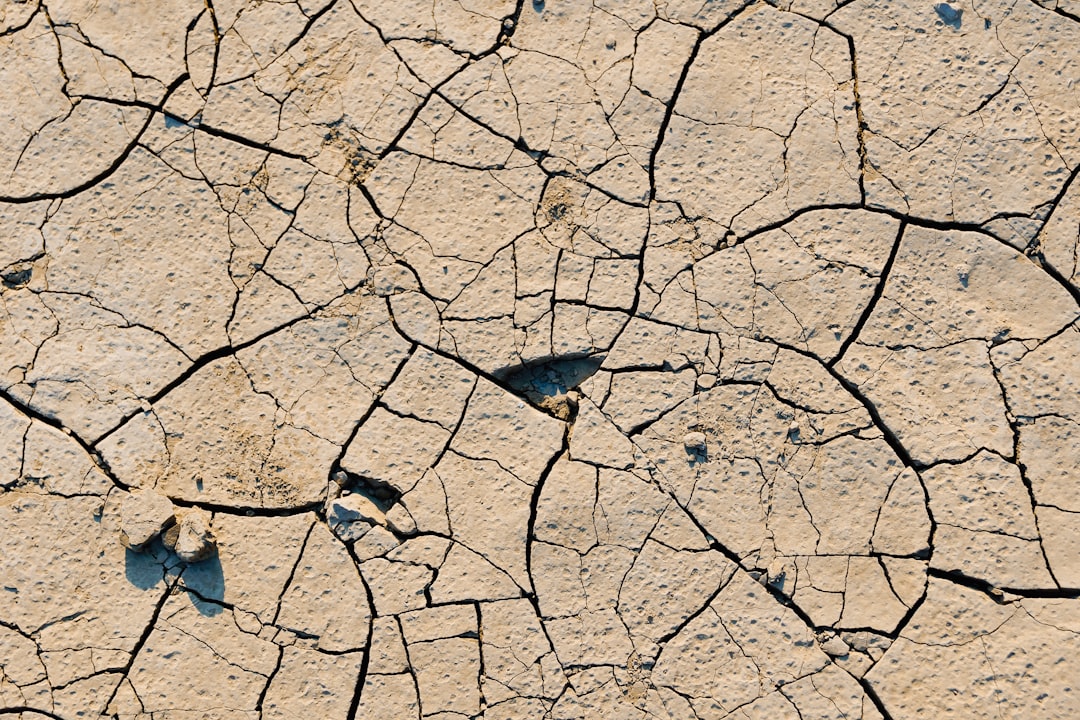Clay soil often gets a bad reputation among gardeners. It can feel dense, heavy, and hard to work with, making it seem like a challenging medium for growing plants. But here’s the good news: clay soil, with its rich nutrients and moisture-retention properties, can become a gardener’s best friend with the right techniques.
In this post, we’ll dive into the unique characteristics of clay soil, the challenges it presents, and how to improve it to create a thriving garden.
What Is Clay Soil?
Clay soil is made up of tiny, compact mineral particles that are tightly packed together. This structure gives clay soil its defining traits:
- High Water Retention: Clay holds onto water, often leading to soggy conditions.
- Nutrient Rich: Packed with essential minerals, clay can support lush plant growth when properly aerated.
- Poor Drainage: Water moves slowly through clay soil, causing it to become waterlogged.
- Hard When Dry: In dry conditions, clay soil can become compact and hard, making it difficult to work with.
Challenges of Gardening in Clay Soil
- Compaction: Clay soil compacts easily, making it difficult for roots to penetrate.
- Poor Drainage: Excess water can suffocate plant roots and encourage rot.
- Cracking: During dry seasons, clay soil can crack, damaging plant roots.
- Aeration Issues: Limited airflow in clay can hinder root growth and microbial activity.
Signs of Clay Soil in Your Garden
- Soil forms a sticky, malleable ball when wet.
- Water pools on the surface after rainfall.
- Soil is hard to dig and feels heavy.
- Cracks appear on the surface during dry weather.
If these signs sound familiar, you’re dealing with clay soil—but don’t worry! Let’s explore how to turn it into a gardener’s dream.
Improving Clay Soil for Gardening
1. Add Organic Matter
Organic matter is the best way to improve clay soil. It breaks up compacted particles, enhances drainage, and provides nutrients.
- What to use: Compost, well-rotted manure, leaf mold, or shredded bark.
- How to apply: Spread a 2-4 inch layer of organic matter on top of the soil and mix it into the top 6-8 inches. Repeat this process annually for lasting results.
2. Aerate the Soil
Aerating clay soil improves its structure and allows water and air to penetrate more easily.
- Tools: Use a garden fork, aerator, or broadfork to loosen compacted soil without turning it over completely.
- When to aerate: In early spring or fall, when the soil is moist but not waterlogged.
3. Avoid Overworking the Soil
Clay soil is easily damaged when overworked, especially when wet.
- Avoid digging or tilling wet clay, as this compacts the soil further.
- Work the soil only when it’s moist (not sticky or dry).
4. Incorporate Gypsum
Gypsum is a natural soil conditioner that can improve clay soil’s structure.
- How it helps: It breaks up heavy clay and improves drainage without altering soil pH.
- How to use: Apply gypsum at the recommended rate and work it into the soil.
5. Use Mulch
Mulch protects clay soil from extreme weather and improves its quality over time.
- Benefits: Reduces compaction, retains moisture, and prevents cracking.
- What to use: Organic mulches like straw, wood chips, or grass clippings.
- How to apply: Spread a 2-3 inch layer around plants, keeping it a few inches away from stems to prevent rot.
6. Build Raised Beds
If your garden has poor drainage, raised beds can offer a quick solution.
- Fill beds with a mix of topsoil, compost, and sand for improved growing conditions.
- Raised beds also warm up faster in spring, extending your growing season.
7. Plant Cover Crops
Cover crops (also called green manure) are a natural way to improve clay soil.
- Best cover crops for clay soil: Clover, rye, buckwheat, or hairy vetch.
- Benefits: Their roots break up compact soil, and when tilled under, they add organic matter.
Best Plants for Clay Soil
Some plants thrive in clay soil, even without major amendments. Consider these options:
Flowers
- Daylilies
- Black-eyed Susans
- Coneflowers
- Bee Balm
- Sedum
Vegetables
- Kale
- Broccoli
- Cabbage
- Squash
- Beans
Shrubs and Trees
- Dogwood
- Willow
- Viburnum
- Maple
- Oak
Ongoing Maintenance
Improving clay soil is not a one-time effort—it requires consistent care.
- Add organic matter annually: Refresh your soil every season for lasting benefits.
- Test your soil: Conduct a soil test to monitor nutrient levels and pH.
- Practice crop rotation: Rotating crops prevents soil depletion and encourages healthier plants.
Conclusion: From Clay to Thriving Garden
While clay soil can be challenging, its potential for lush, nutrient-rich gardens is unparalleled. With proper amendments, careful planting, and regular maintenance, you can transform heavy clay into a productive growing medium.
So roll up your sleeves, grab your compost, and get to work—your dream garden is just a few steps away!
What are your favorite tips for gardening in clay soil? Share your experiences in the comments below!

Comments
No comments yet. Be the first to comment!
You must be logged in to comment. Login